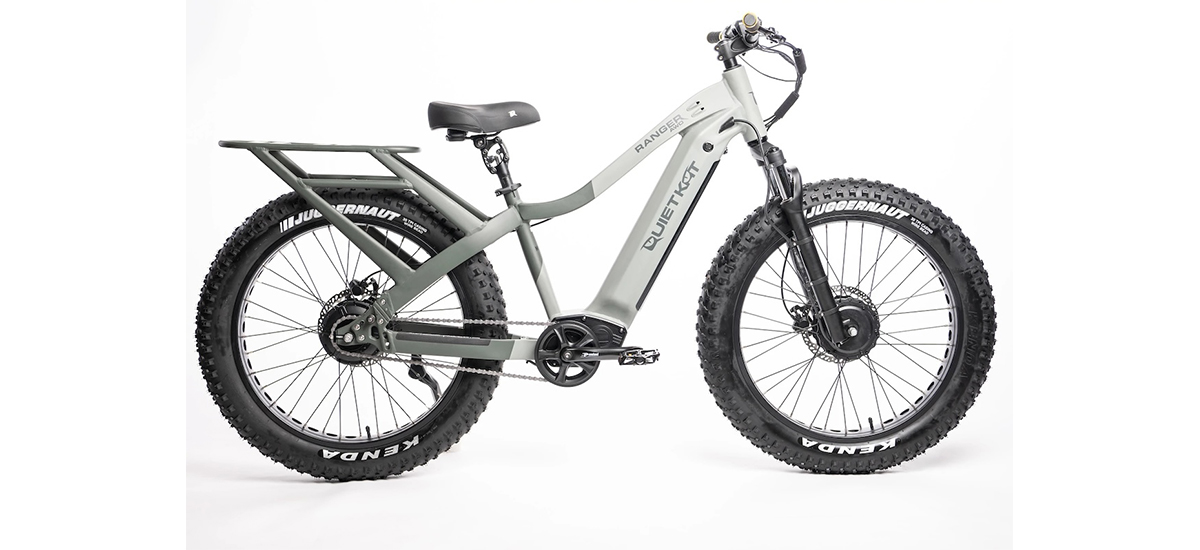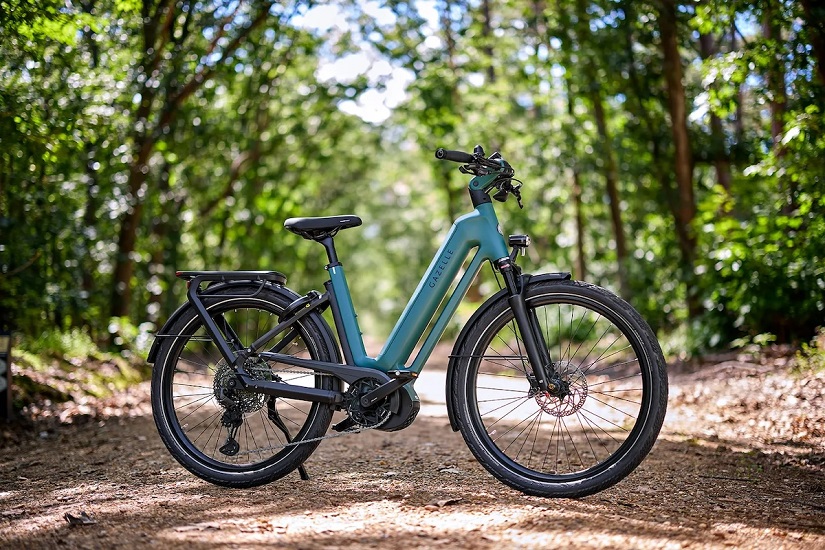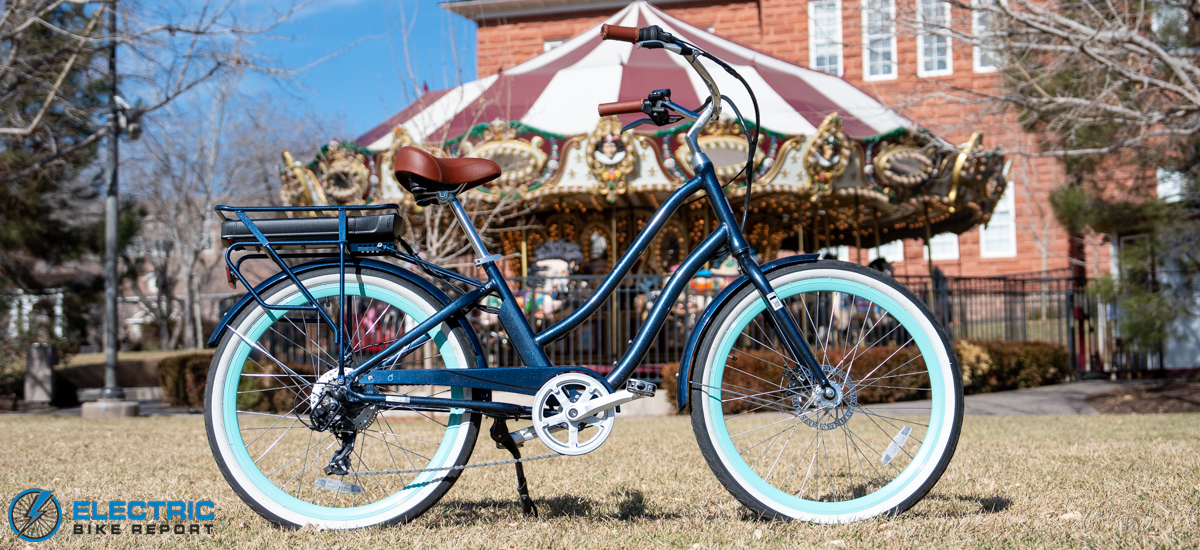The sale of e-bikes has given the German bike market stability at a time when other markets are volatile.
Such a shift in sales was already predicted as sales trends were clearly headed that way. In 2022, e-bikes represented 48 percent of total sales, while back in 2013, e-bike sales comprised just 10 percent of the total bike market in Germany.
Despite the increase in the percentage of total sales going to e-bikes, e-bike sales were down relative to 2022. Total bike sales have been dropping in Germany as well. After topping out at 5 million bikes and e-bikes in 2020, sales have dropped each year, with 4.7 million sold in 2021, 4.6M in 2022 and now a drop to 4M in 2023.
Not all markets and companies are seeing a drop. Swiss brand Stromer saw growth in 2023.
The sharp rise in sales due to the pandemic saw many companies sell through their entire stock and then rush to place new orders with their suppliers, creating a backlog in demand that was difficult to fulfill. Once the bike industry fulfilled those orders, demand plummeted, causing most brands to begin discounting their stock.
Put in context, 2020 saw brands capture sales from future years. It’s hard to say when this rubber band effect will end, but once it does, one shift is likely to persist: E-bikes are likely to continue outselling regular bikes in Germany, and we are likely to start seeing similar reversals in other markets.














